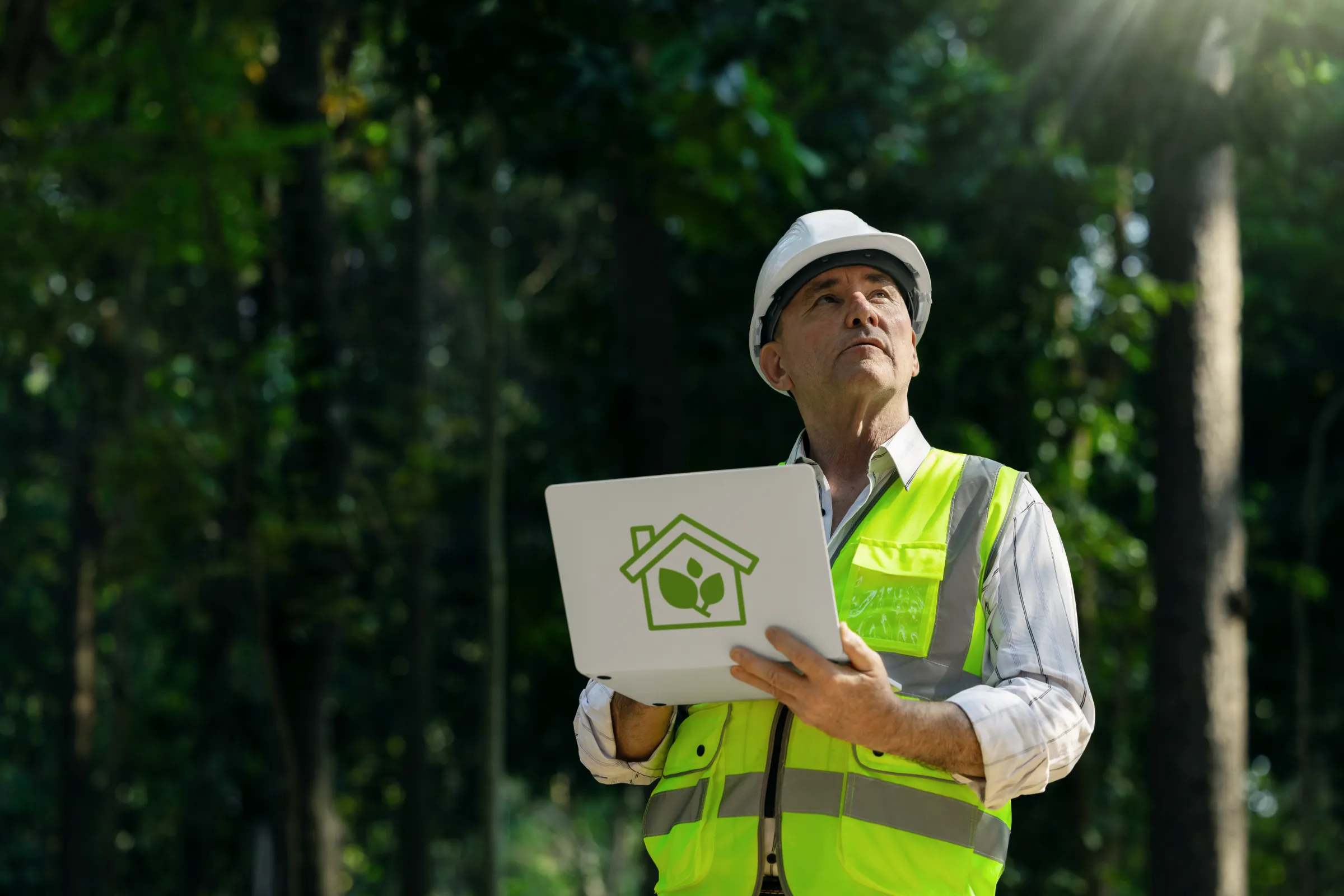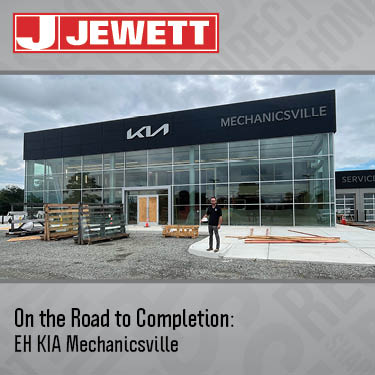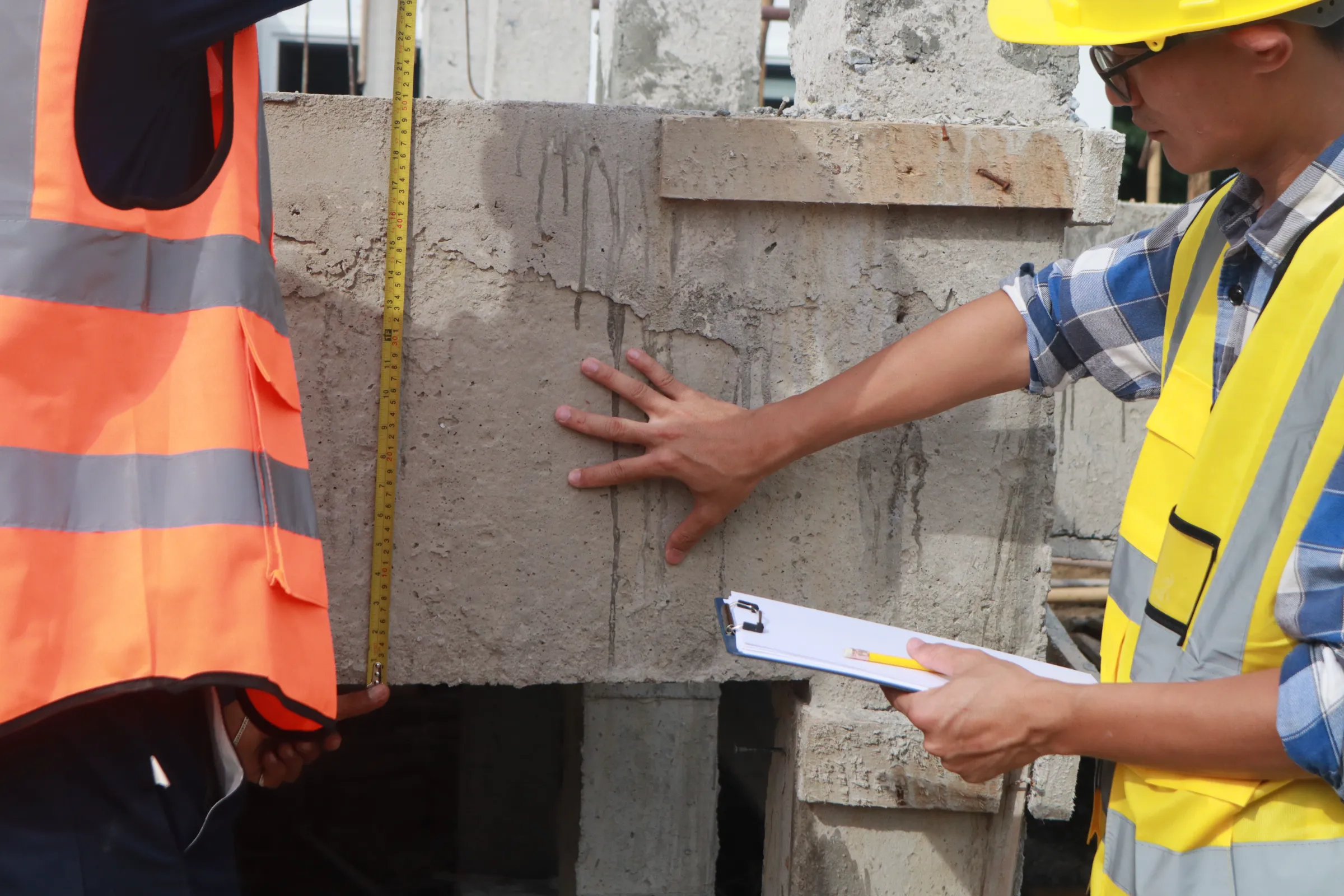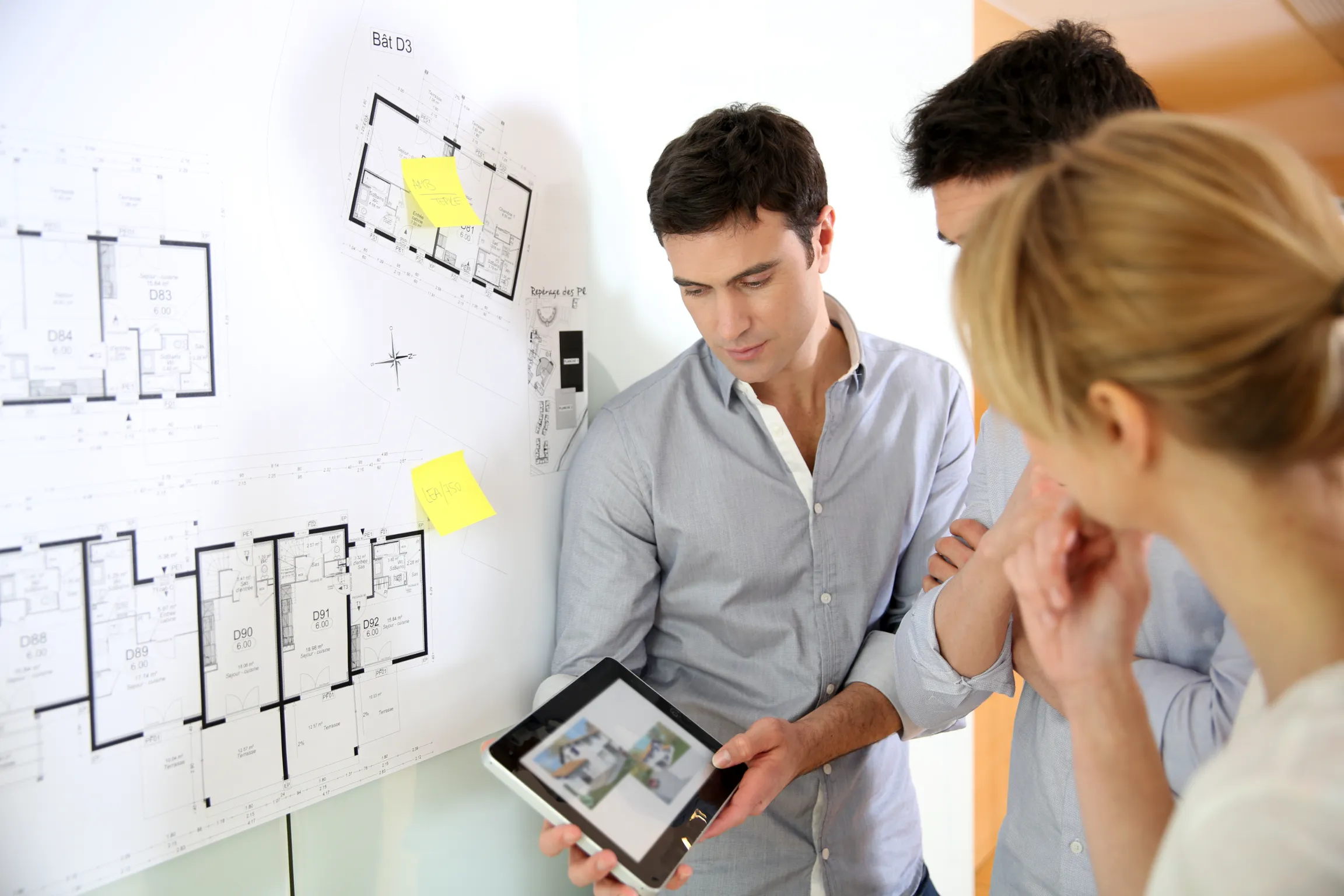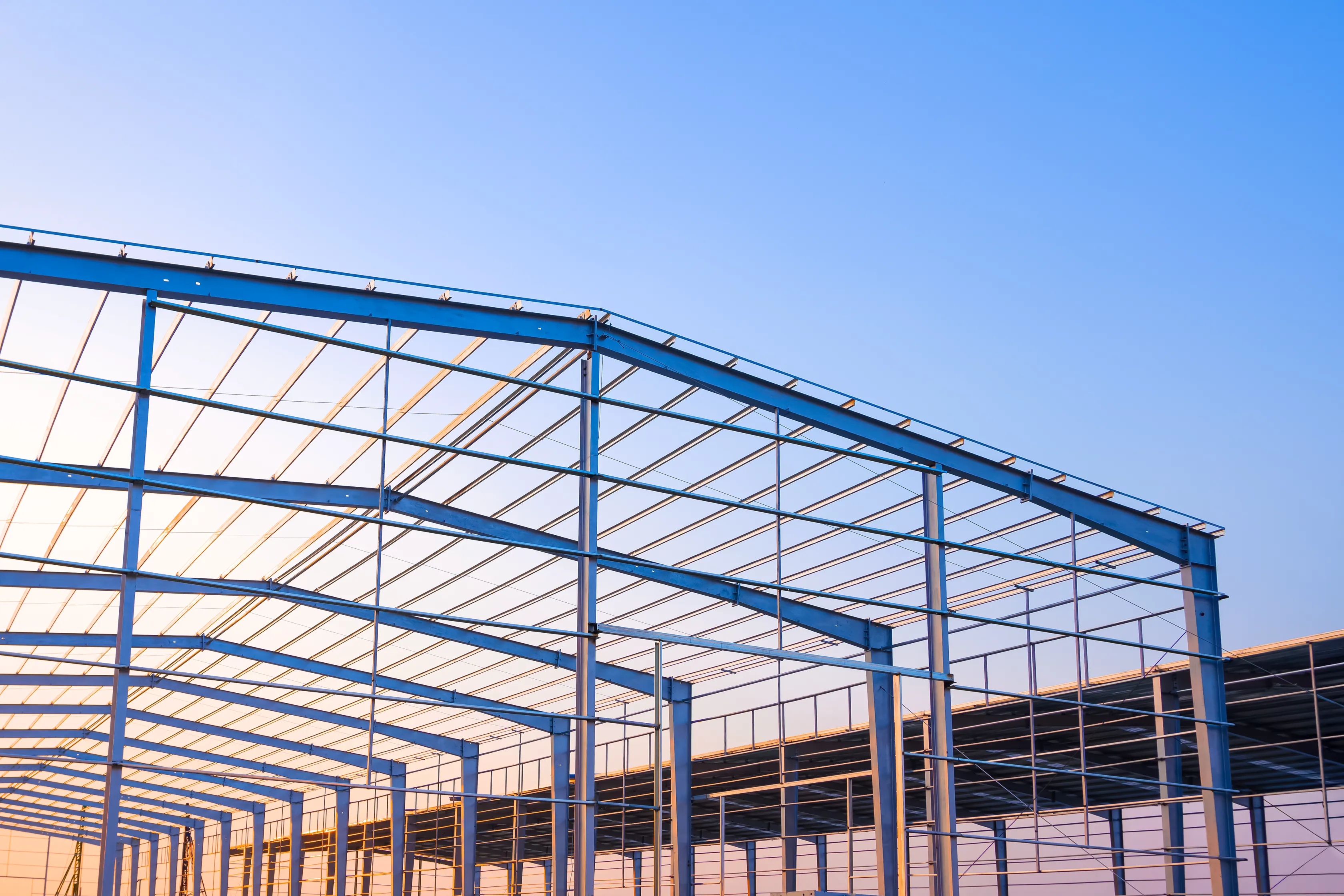Sustainability and Innovation in Commercial Construction: The Jewett Perspective
Commercial construction is evolving quickly, driven by emerging technologies, heightened environmental awareness, and shifting client goals. At Jewett Construction, we see sustainability and innovation as vital, synergistic factors in designing future-ready buildings that benefit everyone—owners, occupants, and local communities. This post examines how we weave eco-minded materials, advanced construction methods, and forward-thinking design into each commercial project, fostering value over the long haul.
1. Rethinking Construction through a Sustainable Lens
Sustainable construction stretches beyond installing solar panels or using energy-efficient light fixtures. It takes a holistic view of a building’s total lifecycle—covering resource sourcing, energy usage, occupant well-being, and eventual decommissioning. Jewett Construction’s approach emphasizes life-cycle cost analysis, factoring in items such as ongoing utility expenses, maintenance demands, and embodied carbon within materials.
By considering these broader impacts, we often uncover scenarios where a modest increase in initial investment leads to substantial future savings and minimized ecological strain. This integrative perspective aligns with our mission to produce facilities that are environmentally responsible, efficient to operate, and supportive of occupant health.
2. Harnessing Innovative Materials and Methods
Advances in material science and construction techniques can redefine how commercial buildings are planned and built. Traditional steel and concrete still have their place, but combining them with greener alternatives can enhance durability and curb environmental impact. Jewett Construction keeps tabs on breakthroughs such as structural insulated panels (SIPs), cross-laminated timber (CLT), and modular construction—solutions that can expedite timelines and reduce waste.
The choice of material goes beyond structural integrity; it also affects energy performance and occupant comfort. Insulation tactics, air-sealing methods, and exterior cladding options all significantly influence heating and cooling demands. By exploring these innovations, we deliver buildings that offer both practicality and tangible benefits—like reduced energy bills—for owners and occupants alike.
3. Targeting Energy Efficiency from the Outset
Energy usage represents a considerable portion of a commercial building’s footprint. Strategic planning at the design stage can mitigate these costs through natural lighting, improved insulation, and optimal orientation. Jewett Construction leverages modeling software and real-world experience to minimize energy draw, incorporating features like daylight harvesting, high-efficiency HVAC systems, and thermally broken envelopes.
Where feasible, we also encourage the integration of on-site renewables, such as photovoltaic arrays or geothermal loops. Besides lowering monthly utility bills, these systems can qualify buildings for tax incentives or certification points under frameworks like LEED or Green Globes, amplifying the project’s long-term value.
4. Smart Water Use and Stormwater Management
From low-flow fixtures to rainwater catchment systems, conserving water is a cornerstone of green design. In certain industries—like agriculture or heavy manufacturing—water efficiency can yield significant operational savings. Our collaborations with civil engineers and landscape architects ensure that drainage and irrigation plans align with environmental norms.
Comprehensive stormwater management, such as bioswales or permeable pavements, mitigates runoff issues and eases the burden on city infrastructure. These techniques support local ecosystems and can be instrumental in meeting or surpassing local building codes and environmental standards.
5. Embracing Smart Building Technologies
Automation and data analytics are revolutionizing facility management. Sensors monitor occupancy, lighting levels, or temperature, and automatically adjust systems to match real-time needs. The result? Not only lowered energy consumption, but also tangible improvements to occupant comfort and productivity.
Jewett Construction helps clients determine the scale and scope of technology integration. A fully automated setup might be ideal for a large industrial campus, but might exceed the requirements of a modest retail renovation. We aim to strike a balance, ensuring our clients benefit from technology that’s user-friendly yet powerful enough to unlock noticeable performance gains.
6. Reducing Construction Waste
The building sector accounts for a major share of the waste stream globally. Jewett Construction combats this by planning meticulously—ordering correct material quantities, prefabricating certain elements to cut errors, and segregating waste streams for recycling or reuse. Shared accountability among subcontractors fosters an ethos of resourcefulness and precision.
This method not only curbs landfill contributions but can lower overall project costs. Fewer wasted materials translate into budget savings, which can be redirected toward advanced systems or amenities that benefit the property’s future users.
7. Health-Focused Environments
Sustainable design also involves nurturing healthier indoor spaces. Jewett Construction prioritizes elements like low-VOC paints, ample ventilation, natural daylighting, and comfortable temperature controls. Such choices often correlate with heightened employee satisfaction, fewer sick days, and enhanced cognitive function for building occupants—key metrics for office, education, or healthcare contexts.
This commitment to occupant wellness merges smoothly with energy goals. For instance, maximizing daylight usage reduces artificial lighting needs and heat load, fostering both a pleasant ambiance and lowered energy bills. The result is a win-win for people and profit margins.
8. Achieving and Surpassing Certifications
Organizations like LEED, WELL, and Energy Star offer rating systems that measure a building’s sustainability and occupant-oriented features. While elective, these certifications can attract tenants, boost property value, and strengthen an owner’s public image. Jewett Construction supports clients in identifying which program aligns best with their goals—whether emphasizing energy efficiency, user wellness, or holistic environmental impact.
Going after a certification usually requires careful documentation of aspects like material sourcing, indoor air quality, and waste reduction. Our project teams gather and log each relevant point meticulously, removing potential hurdles and validating the building’s green performance once completed.
9. Collaborating with Innovative Suppliers
Green and high-tech construction thrives on robust industry partnerships. Jewett Construction maintains connections with a network of forward-thinking manufacturers and subcontractors, keeping our material and technology choices fresh and future-focused. Whether we’re testing a new eco-friendly insulation or deploying an advanced mechanical system, we lean on these relationships to deliver optimum outcomes for our clients.
Over time, these collaborations foster a collaborative culture of improvement, where research, case studies, and real-world feedback inform iterative enhancements. By sharing knowledge and adopting proven innovations, we consistently refine our offerings.
10. Practical, Purposeful Innovation
Although innovation can yield breakthroughs, not every cutting-edge feature suits every project. Jewett Construction evaluates each idea through the lens of practicality—factoring in operational ease, return on investment, and alignment with client objectives. A sophisticated automation platform might be a game-changer for a large corporate campus, yet an overreach for a compact retail site.
This measured approach ensures the systems we integrate genuinely add value. Clients get forward-leaning solutions that dovetail with their budget, facility size, and user needs, rather than technology for technology’s sake.
11. Preparing Buildings for Change
Few commercial structures remain static over their full lifespans. As industries evolve, expansions or reconfigurations may become necessary. Jewett Construction works with owners to bake future adaptability into the initial design—through modular floor plans, accessible mechanical shafts, or easily upgradable infrastructure.
This long-view mindset safeguards the building from premature obsolescence, reducing the waste and expense of sudden, large-scale overhauls. It also fosters a more stable operational environment, allowing organizations to scale or pivot without dramatic building disruptions.
12. Leveraging Data in Ongoing Operations
Dynamic monitoring systems, real-time analytics, and performance dashboards can drastically improve building management after handover. Jewett Construction encourages the integration of data-driven solutions that help identify inefficiencies or detect early faults in mechanical systems. Over time, these insights inform maintenance schedules and reveal best practices for occupant comfort.
The result is a building that doesn’t just meet sustainability targets at commissioning—it continues adapting as usage patterns evolve, creating a cycle of continuous improvement and predictable operational costs.
13. Engaging Occupants and Operators
Implementing eco-friendly systems and innovative designs only goes so far if occupants or facility managers fail to use them properly. By training staff on automation systems or highlighting energy-saving features to tenants, owners can drive behavior that supports the building’s sustainable intent. Jewett Construction often assists in developing briefing sessions or reference guides to ease this transition.
Beyond daily operations, community engagement—like displaying the building’s real-time energy stats in a lobby—can spur a sense of shared investment in the building’s performance. This transparency can become a point of pride and motivation for users to collaborate in maintaining green practices.
14. The Financial Upside of Green Innovation
Although sustainable choices or cutting-edge technologies might elevate upfront costs, they often produce meaningful long-term savings. Energy-efficient systems reduce monthly utility bills, durable finishes lower maintenance spending, and occupant-focused layouts foster productivity and satisfaction. These advantages can ultimately boost market value and tenant appeal, contributing directly to an owner’s bottom line.
Moreover, government incentives or tax breaks may be available for adopting eco-friendly designs, improving the project’s return on investment. Jewett Construction keeps abreast of these programs, assisting clients in maximizing financial opportunities tied to environmentally conscious building approaches.
15. Conclusion: Pioneering Sustainable, Innovative Builds
Sustainability and innovation are more than current trends—they’re essential pillars of modern commercial construction. From responsibly sourced materials to digital building controls that reduce waste, Jewett Construction implements strategies that benefit owners, occupants, and the wider community. These practices aren’t just good for the planet; they offer tangible economic rewards in the form of lower operating costs, stronger brand identities, and satisfied occupants.
Our collaborative methodology—coupling client goals with sustainable principles and inventive solutions—gives each project a competitive edge, now and into the future. Whether you’re aiming for a LEED-certified office complex or a high-tech production facility, Jewett Construction stands ready to blend creativity, environmental stewardship, and engineering rigor into an approach that delivers lasting impact. If you’re ready to explore sustainable, innovative avenues for your next build, contact us to learn how we can set the stage for meaningful commercial success.

